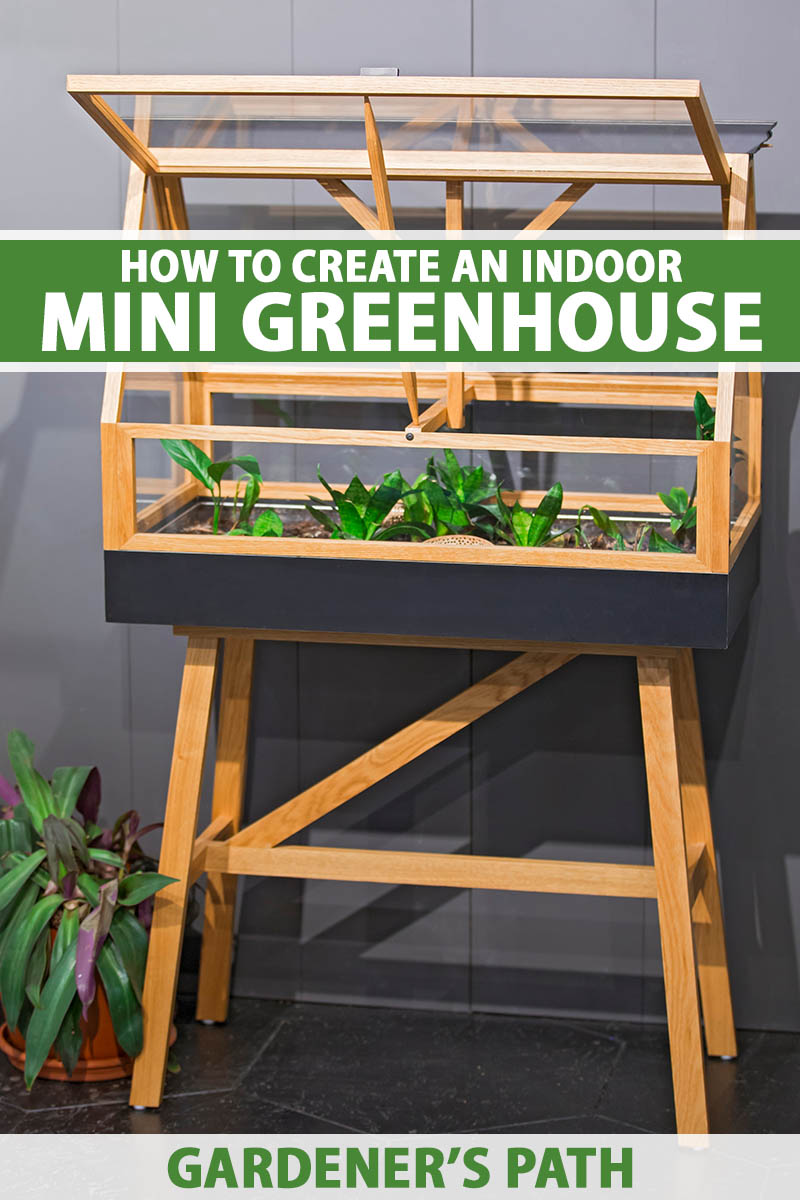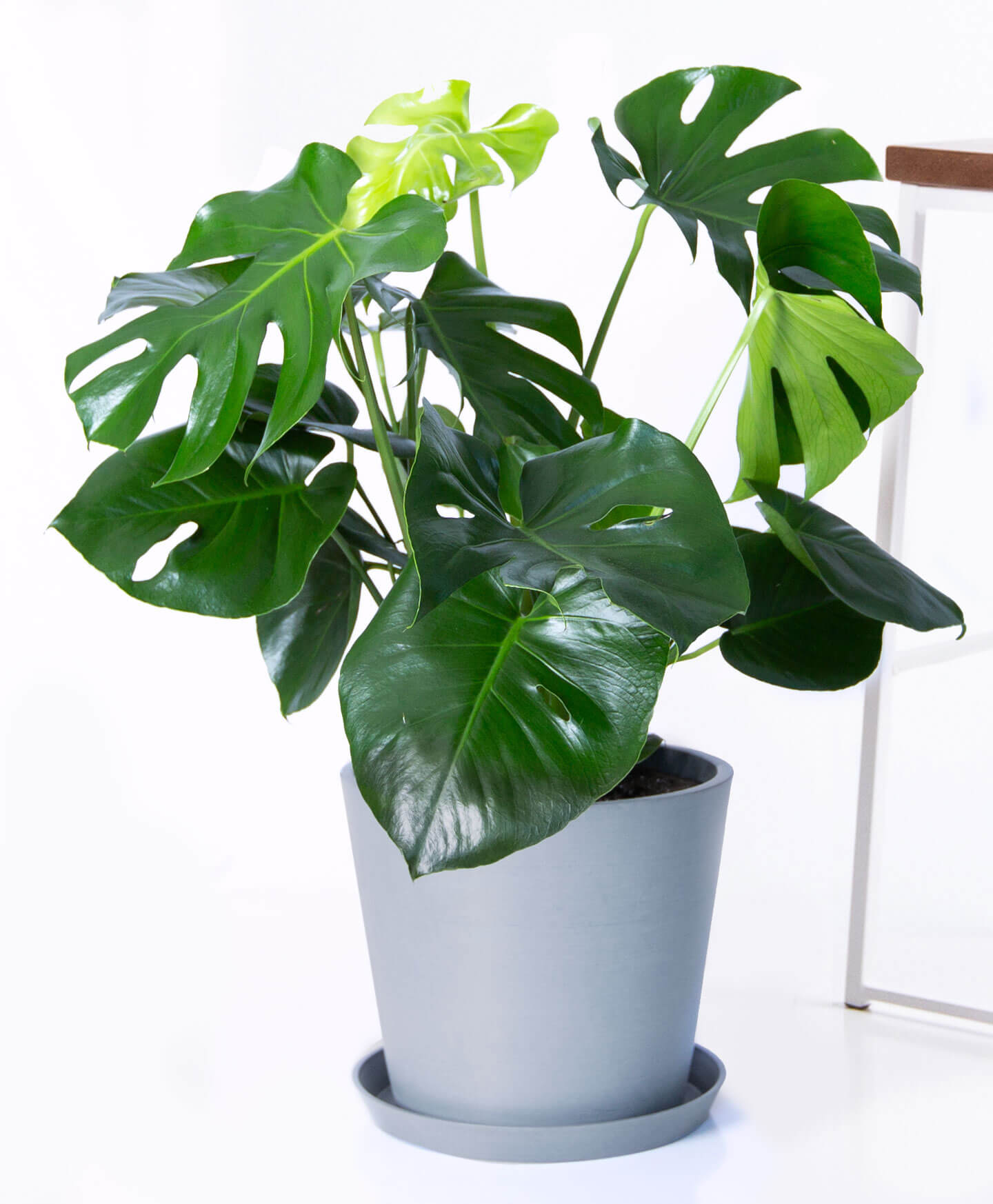How to Create a Mini Indoor Greenhouse: DIY Guide

Are you an urban dweller with a green thumb but no garden? Do you dream of growing fresh herbs and vegetables year-round? A mini indoor greenhouse might just be the solution you're looking for. Imagine transforming a small corner of your home into a lush, verdant oasis, where you can nurture plants and enjoy the fruits of your labor. Let's dive into this DIY gardening project and explore how to create a mini indoor greenhouse that will not only enhance your indoor planting experience but also add a touch of nature to your living space.
Why Create a Mini Indoor Greenhouse?
Before we delve into the how-to, let's discuss the why. A mini indoor greenhouse offers numerous benefits. It allows you to grow vegetables indoors even in the coldest months, ensuring a steady supply of fresh produce. It's also a fantastic way to propagate plants and start seedlings for your indoor herb garden or outdoor space. Plus, it adds a charming aesthetic to your home, bringing a bit of the outdoors in.
Choosing the Right Location
The first step in creating your mini indoor greenhouse is selecting the perfect location. Ideally, you want a spot that receives plenty of natural light. A south-facing window is optimal, but east- or west-facing windows can also work well. Avoid north-facing windows, as they tend to receive the least amount of light.
Consider the temperature and humidity of the area as well. Most plants thrive in temperatures between 65-75°F (18-24°C) during the day and a drop of about 10°F (5°C) at night. Kitchens and bathrooms can be great locations due to their higher humidity levels.
Selecting Your Mini Greenhouse Structure
Once you've chosen your location, it's time to select your small greenhouse structure. Here are a few DIY gardening ideas:
1. Upcycled Materials
Why not give old items a new life? You can create a mini greenhouse using upcycled materials like old windows, plastic bottles, or even a discarded aquarium. This is not only eco-friendly but also adds a unique touch to your space.
2. DIY Greenhouse Kits
If you're looking for something a bit more structured, DIY greenhouse kits are a great option. These kits come with everything you need and are typically easy to assemble. They're available in various sizes and styles, so you can find one that fits your space perfectly.
3. Mini Greenhouse Cabinets
For a more furniture-like appearance, consider a mini greenhouse cabinet. These cabinets have glass or plastic doors and shelves where you can place your plants. They're a stylish way to incorporate a greenhouse into your home decor.

Setting Up Your Mini Indoor Greenhouse
Now that you have your structure, it's time to set up your mini indoor greenhouse. Here are the steps to follow:
1. Prepare Your Base
Start by preparing the base of your greenhouse. If you're using a kit or cabinet, follow the manufacturer's instructions for assembly. If you're using upcycled materials, ensure your base is sturdy and level.
2. Add Grow Lights (Optional)
While natural light is ideal, it's not always sufficient, especially in winter months. Consider adding grow lights to supplement natural light. LED grow lights are energy-efficient and long-lasting.
3. Install Shelves
Shelves will help you maximize your space. Adjustable shelves are particularly useful, as they allow you to accommodate plants of varying heights.
4. Add a Heating Mat (Optional)
If you plan to grow seeds or propagate plants, a heating mat can be beneficial. It provides gentle warmth from below, encouraging growth.
5. Monitor Temperature and Humidity
Invest in a small thermometer and hygrometer to monitor the temperature and humidity inside your greenhouse. This will help you create the optimal environment for your plants.
Choosing the Right Plants
Not all plants are suited to indoor greenhouses. Some plants that thrive in these conditions include:
- Herbs: Basil, parsley, thyme, and rosemary are great choices for an indoor herb garden.
- Vegetables: Lettuce, spinach, and radishes are easy to grow vegetables indoors.
- Flowers: African violets, begonias, and orchids add a splash of color.
- Succulents: These low-maintenance plants love the warm, dry conditions of a greenhouse.

Maintaining Your Mini Indoor Greenhouse
Caring for your mini indoor greenhouse is much like caring for any other plants in your home. Here are some tips:
- Water Regularly: Ensure your plants get the right amount of water. A moisture meter can help you determine when to water.
- Provide Adequate Light: Make sure your plants are getting enough light. Rotate them regularly to encourage even growth.
- Maintain Optimal Temperature and Humidity: Use your thermometer and hygrometer to monitor conditions and make adjustments as needed.
- Fertilize: Use a balanced, water-soluble fertilizer to give your plants the nutrients they need.
- Prune and Harvest: Regularly prune your plants to encourage bushiness and harvest vegetables and herbs to stimulate new growth.
Troubleshooting Common Problems
Even with the best care, problems can arise. Here are some common issues and solutions:
- Yellowing Leaves: This could indicate overwatering or underwatering. Adjust your watering schedule accordingly.
- Leggy Plants: If your plants are stretching towards the light, they're not getting enough. Consider adding grow lights or moving your greenhouse to a brighter location.
- Pests: Aphids, spider mites, and whiteflies can infest indoor greenhouses. Use insecticidal soap or neem oil to control pests.
- Mold and Mildew: High humidity can lead to mold and mildew growth. Increase ventilation to combat this issue.
Conclusion
Creating a mini indoor greenhouse is a rewarding DIY gardening project that allows you to enjoy fresh herbs and vegetables year-round. It's a wonderful way to bring a touch of nature into your home and indulge your green thumb, even if you're short on outdoor space. So, why not give it a try? Your plants (and your taste buds) will thank you!
FAQs
What is the ideal temperature for a mini indoor greenhouse? The ideal temperature for a mini indoor greenhouse is between 65-75°F (18-24°C) during the day and about 10°F (5°C) cooler at night.
Can I grow vegetables indoors without a greenhouse? While it's possible to grow some vegetables indoors without a greenhouse, a greenhouse provides a controlled environment that optimizes growth.
How often should I water my indoor greenhouse plants? Watering frequency depends on the type of plants, humidity, and temperature. A good rule of thumb is to water when the top inch of soil is dry.
What if I don't have a south-facing window? If you don't have a south-facing window, east- or west-facing windows can also work. You may need to supplement with grow lights.
Can I use a mini indoor greenhouse to propagate plants? Yes, a mini indoor greenhouse is an excellent environment for propagating plants from seeds, cuttings, or divisions.
For further reading, check out these resources:
0 Response to "How to Create a Mini Indoor Greenhouse: DIY Guide"
Post a Comment